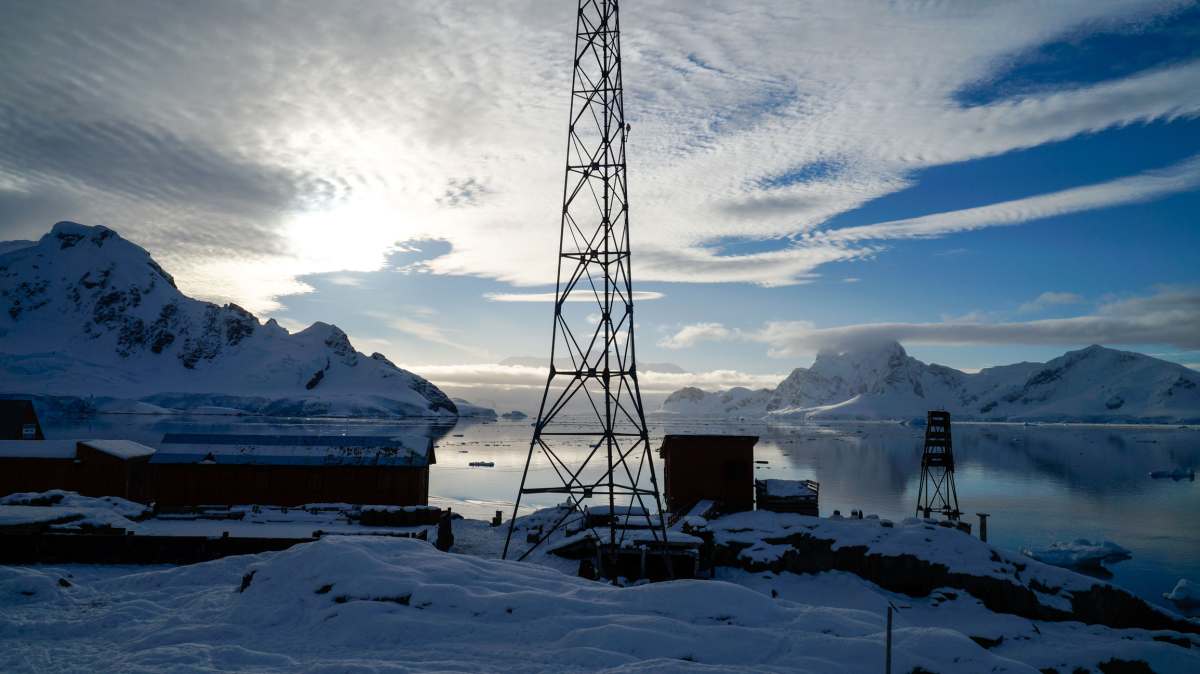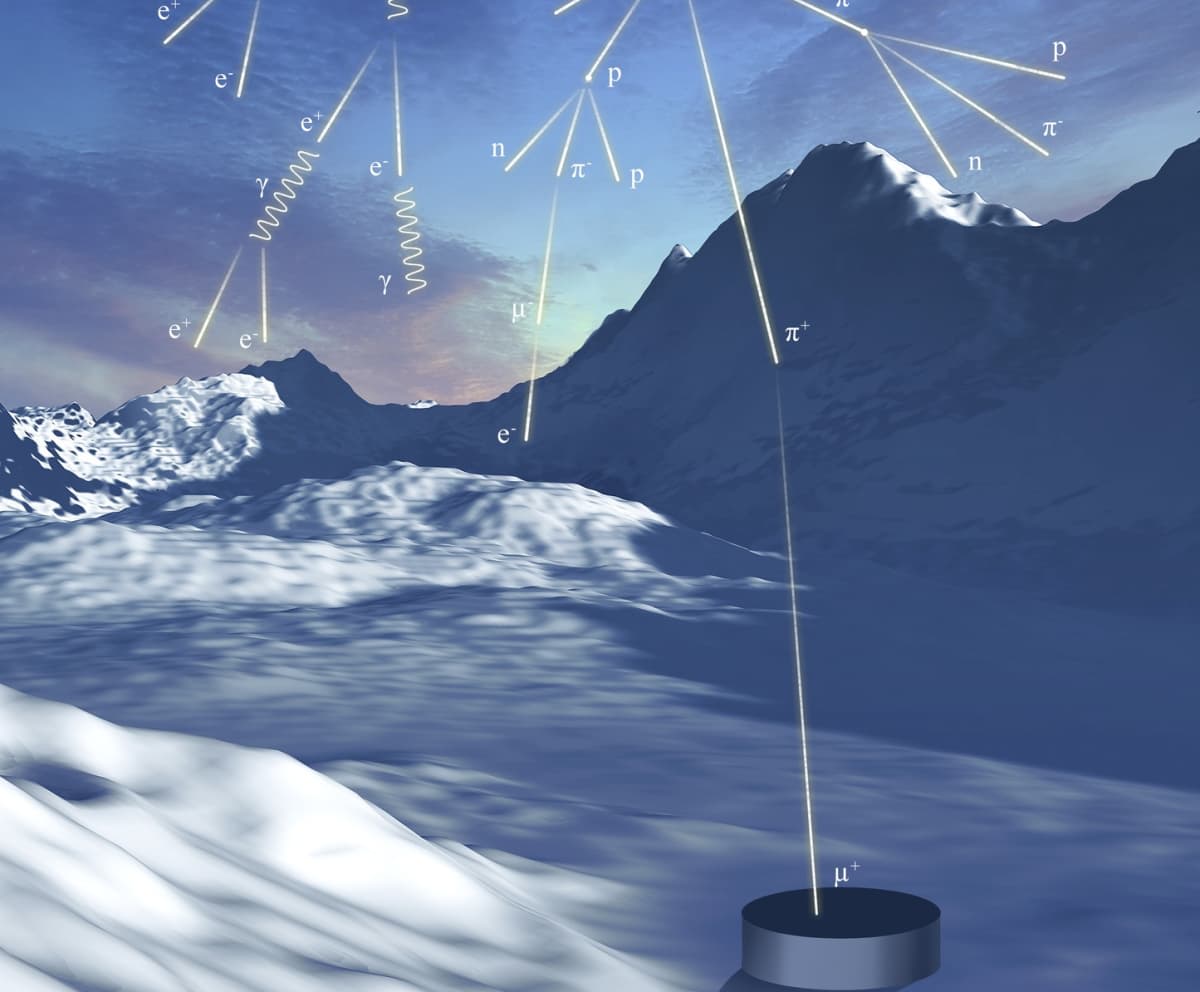Antarctica’s Ice Has Been Emitting Mysterious Radio Pulses for Years — Scientists Now Know Why

There are ultra-tiny particles in the universe that can flit through stars and galaxies, unchanged. However, once they enter the territory of Antarctica and rain down, coming in contact with water and ice, they spurt showers of high-energy cosmic rays. A few years back, NASA scientists attached radio antennae to some balloons and mounted them in the icescape to detect these showers. Recently, a team of researchers searching for high-energy neutrino particles detected an unusual signal emitting from these radio antennas. The mysterious signal has left them scratching their heads, as they mentioned in Physical Review Letters. This signal, they concluded, is beyond the scope of particle physics.

As Minute Physics explains in a video, neutrinos are particles that can dart through anything while remaining undetected and unchanged. Their specialty lies in their unique “handedness.” These ghost particles are left-handed, and no mirror image exists for them. So elusive that they quickly vanish in plain sight, leaving even the most scientific instruments go bonkers with puzzlement.
In Antarctica, these slippery neutrinos use the ice sheets as a gigantic water tank inside which they zip faster than light, reacting with gravity and ice. The Antarctic Impulsive Transient Antenna (ANITA) is the biggest neutrino detector ever, installed at the South Pole. Not only does it detect the neutrinos, but also the upside-down showers of cosmic rays they trigger. The signal they detected this time seemed unusual from the very beginning. Instead of bouncing off from the surface, it seemed to be emanating from below the icy expanse.

The observations were collected between the years 2006 and 2016. ANITA detected high-energy neutrino particles from the reactions unfolding between neutrinos falling from space and the low-energy particles buried in the ice. The signals that the antenna detected indicated that they were emanating from below the horizon. This suggested that they had to pass thousands of miles of rocky stretches before arriving here. But in that case, the signals should have been absorbed by the rock instead of getting caught by the detector. Researchers say it is difficult to interpret the neutrino signals. They believe that the signal should have originated somewhere below the ice sheets. The question of why it did not get absorbed on the way is perplexing.

Commenting on the mystery, astrophysicist Stephanie Wissel of Pennsylvania State University, said in a press release that "The radio waves that we detected were at really steep angles, like 30 degrees below the surface of the ice.” He added that this is an interesting problem, and they don’t have any explanation for the anomaly. All they know is that the particles are most likely not representing neutrinos. They also considered the possibility that the neutrino signal could have rippled from a supernova, but whether or not it is the complete truth, no one knows for sure.

"You have a billion neutrinos passing through your thumbnail at any moment, but neutrinos don't really interact," Wissel explained. "So, this is the double-edged sword problem. If we detect them, it means they have traveled all this way without interacting with anything else. We could be detecting a neutrino coming from the edge of the observable Universe." Following the recording of this signal, Wissel initiated work on a new detector, the Payload for Ultra-High Energy Observation (PUEO), that will fly over Antarctica for a month beginning in December. PUEO is estimated to be larger and ten times more sensitive than ANITA, which means it promises a possibility to reveal more information about this anomalous signal detected by ANITA. But so far, the mystery continues.
More on Green Matters
NASA Wanted To Study The Milky Way, So It Launched a Stadium-Sized Balloon From Antarctica
Researchers Accidentally Record Eerie Sound of a Texas-Sized Ice Shelf 'Singing' in Antarctica
A Mysterious Glow Appeared in Antarctic Waters — And Scientists Finally Explain What’s Happening